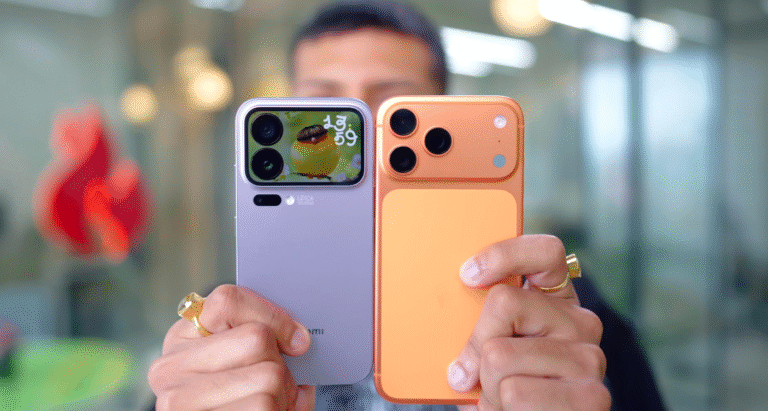Redmi 15 vs Google Pixel A-series: camera vs value – who wins?
Comparing Xiaomi’s budget star with Google’s camera champion
The Redmi 15 and Google’s Pixel A-series are two very different takes on the mid-range smartphone experience. One focuses on value and all-day battery power, while the other continues Google’s legacy of offering best-in-class camera performance. For UK buyers weighing both options, the question comes down to priorities — photography excellence or unbeatable value.
The Redmi 15 is positioned as an affordable large-screen phone with a focus on endurance and everyday practicality. It features a 50MP main rear camera, a secondary AI lens, and Xiaomi’s latest HyperOS built on Android 14. The Google Pixel A-series, on the other hand, features a 64MP main camera with optical image stabilisation and Google’s renowned image processing. While the Redmi 15’s hardware looks competitive on paper, the Pixel’s superior sensor tuning and software optimisation deliver a distinctly different experience in real-world use.
In daylight conditions, both phones perform well, but the Pixel A-series has a noticeable edge. Google’s computational photography consistently produces sharper, more balanced images with better exposure control. The Redmi 15 captures bright and colourful shots, though its processing tends to oversaturate tones slightly. While that makes photos look more vivid, they sometimes lose natural contrast compared to the Pixel’s realistic approach.
Under low light, the gap widens further. The Pixel’s dedicated night mode and larger sensor area maintain impressive detail even in dim conditions, with minimal noise and accurate colours. The Redmi 15’s night mode brightens scenes but struggles to retain texture and shadow detail. Without optical image stabilisation, longer exposures on the Redmi can produce slight motion blur, especially in handheld shots.
When it comes to zoom performance, the Pixel’s processing and digital crop from its higher-resolution sensor result in clearer, more consistent images. The Redmi 15 relies entirely on digital zoom, which performs adequately up to 2x but softens rapidly beyond that. For casual photography, it’s fine, but the Pixel remains superior for detailed long-distance shots or mixed lighting scenes.
The ultra-wide comparison tells a similar story. The Pixel captures wider, distortion-free frames with better edge detail, while the Redmi 15’s ultra-wide mode exhibits some softness around the corners. Still, Xiaomi deserves credit for including a wide-angle option in a budget device, something many competitors skip at this price. For landscape and group photos, it remains perfectly serviceable.
Beyond cameras, the Redmi 15 takes the lead in endurance and practicality. Its massive 7,000 mAh battery easily lasts two full days on moderate use, outperforming the Pixel’s smaller cell by a wide margin. The Redmi’s 6.9-inch 144Hz display offers smoother scrolling and a more immersive visual experience, though the Pixel’s OLED panel provides richer colour accuracy and HDR performance. For users who consume a lot of media, the Redmi 15’s screen size and battery combo are a major advantage.
Software is another area where the Pixel holds its crown. With Google’s direct Android updates and guaranteed five years of support, it remains more secure and up-to-date in the long run. The Redmi 15’s HyperOS provides a clean and stable experience, but Xiaomi only promises two years of major updates and four years of security patches. For those who value extended software longevity, the Pixel A-series remains a safer investment.
Value is where the Redmi 15 shines brightest. It costs nearly half the price of the latest Pixel A-series model while still offering a large display, long battery life, and respectable camera quality for daily use. The Pixel delivers industry-leading photography and longer support, but its higher cost may not justify the upgrade for casual users who simply want reliable performance and endurance.
In the end, the winner depends on what you value most. If you prioritise photography, updates, and refined image processing, the Google Pixel A-series easily wins this comparison. But if your goal is maximum value, excellent battery life, and strong all-round performance at a fraction of the cost, the Redmi 15 emerges as the better deal. For many UK buyers, that balance of affordability and capability makes Xiaomi’s latest mid-ranger a compelling choice.
Also Read: OnePlus 15 vs Poco F6 Pro: value flagship face-off




